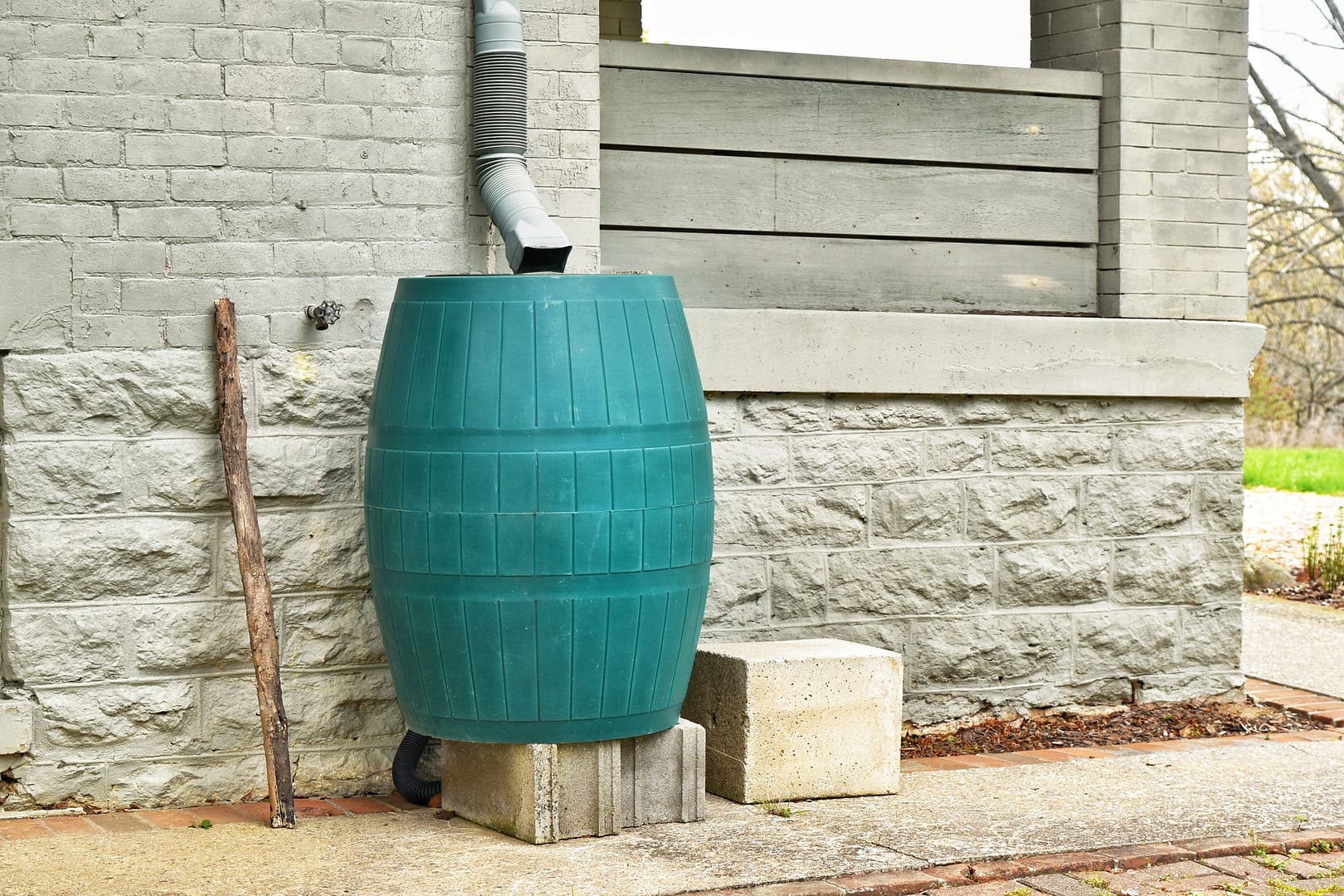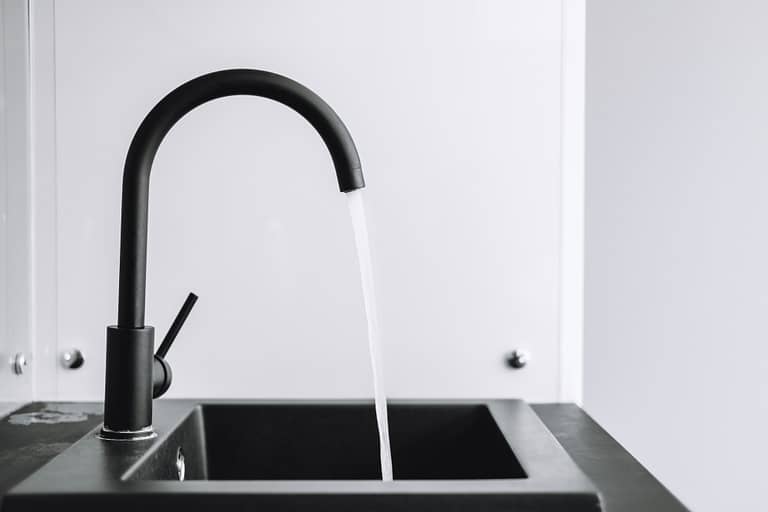Harvesting Rain: DIY Solutions for Dallas Homes
In 'Harvesting Rain: DIY Solutions for Dallas Homes,' you can explore simple ways to collect rainwater in Dallas. Learn to build rain barrels and use rooftops to save water.
These DIY solutions help you become more self-sufficient and environmentally friendly. By conserving rainwater, you can make a positive impact on the environment.
Key Takeaways
Are you ready to make a positive change for your home and community by harvesting rainwater? Every drop you collect counts, and your efforts can have a significant impact, much like a small seed growing into a mighty oak tree. So, roll up your sleeves, grab your tools, and watch your sustainable oasis thrive with the nourishment of rainwater. Happy harvesting!
Rain Barrel: Catch and Store
Collect rainwater easily with a basic rain barrel. This method allows you to be less reliant on local water sources.
In Dallas homes, using a rain barrel can significantly reduce your dependence on the city water system. By collecting rainwater, you can take charge of your water supply and contribute to water conservation.
With the right filtration system, the collected rainwater can be used for various purposes such as watering your garden, washing your car, or even flushing toilets. It's a practical and sustainable way to maximize the underused natural resource.
Additionally, building your rain barrel can be an enjoyable and rewarding project. Embrace control over your water usage and experience the freedom that comes with harvesting rainwater.
Roof Catchment Area
When you set up a roof catchment area for rainwater harvesting, it's important to identify the areas on your roof where water naturally flows off. These areas include valleys, existing gutters, downspouts, and flat planes. According to the Texas A&M AgriLife Extension, a 1-inch rain event can yield over half a gallon of harvested rainwater per square foot of roof.
Here's a breakdown to illustrate the potential collection from different areas:
- Valleys: Moderate
- Gutters: High
- Downspouts: High
- Flat Planes: Low
Watering With Rain Barrels
Watering your garden with rain barrels is a simple process. You can connect a soaker hose to the barrel's spigot and position it around your plants for efficient irrigation. This method allows you to use rainwater collected from the downspouts, saving it for a rainy day to irrigate your garden and reduce water usage.
By collecting rainwater in rain barrels, you can water your plants in an eco-friendly way while reducing the demand on the local water supply. This, in turn, contributes to the sustainability of the communities we serve. Additionally, using rain barrels for your irrigation system not only conserves water but also helps prevent stormwater runoff, thus protecting the local waterways.
Now, let's explore some quick rainwater harvesting tips.
Quick Rainwater Harvesting Tips
When collecting rainwater, place your rain barrels under roof valleys or downspouts to capture as much water as possible.
To improve your rainwater harvesting for Dallas homes, consider these tips:
- Use rain barrels or tanks designed for efficient rainwater capture and storage.
- Try DIY solutions like modifying downspouts or using decorative rain chains to direct water into your rain barrels.
- Use the collected rainwater for non-potable water needs to reduce reliance on tap water.
- Attend workshops or programs offered by organizations like Texas A&M AgriLife Research or the Dallas Arboretum for guidance on rainwater harvesting best practices in North Texas.
DIY Rain Barrel Construction
If you want to make your own rain barrel to collect rainwater, start by getting a food-grade plastic drum. Make sure it has only been used for food, not for petroleum products or soaps.
You can find detailed DIY rain barrel construction guidance from the Texas A&M AgriLife program.
When it rains 1 inch, you can collect over half a gallon of rainwater per square foot of your roof. In Texas, many homes can fill multiple 55-gallon rain barrels in one rain event. A full 55-gallon barrel can water a 10-by-10-foot area to a depth of 5-8 inches.
You can change your downspouts to direct water into rain barrels. Remember to cover the barrel to stop standing water and filter your tap water. You might want to use pretty rain chains to guide water into the barrels.
Frequently Asked Questions
Can You Collect Rainwater in Dallas?
Yes, you can definitely gather rainwater in Dallas. This practice is beneficial for the environment as it helps in conserving water, especially for urban gardening. One way to do this is by using do-it-yourself rain barrels, which are a sustainable method for managing water and supporting irrigation needs. Additionally, it's a great way to reduce water usage and promote sustainable practices in the community.
Is It Illegal to Harvest Rainwater in Texas for Domestic Use?
Yes, you can collect rainwater for personal use in Texas, but there are important legal considerations to keep in mind. Understanding your water rights, following state regulations, and being mindful of the environmental impact is essential for sustainable water usage and conservation. It's crucial to be aware of these factors to responsibly manage your water supply.
How Do You Make a Simple Rainwater Harvesting System?
To create a basic rainwater collection system for watering your garden and conserving water, start by setting up a barrel to collect water from the roof. Then, connect the downspouts and consider different filter options and a pump system. Make sure to prevent overflow and handle the installation yourself. This system helps you save water and ensures your garden stays healthy, especially during dry spells. Additionally, it's an eco-friendly way to manage water usage and reduce your environmental impact.
How Do You Collect Rainwater for Home Use?
To collect rainwater for home use, place rain barrels under your gutters and downspouts. You can also use rain chains to guide the water into the barrel. Another option is to make a rain garden or use permeable pavement to save water and support sustainable living. This helps reduce water consumption and promotes eco-friendly practices. Additionally, it provides an alternative water source for activities such as gardening and washing outdoor spaces, contributing to conservation efforts and reducing reliance on traditional water sources.
Conclusion
Embarking on the journey of rainwater harvesting is a small step that can lead to significant changes for your home and community. Every drop of rainwater you collect matters. Just like a tiny seed grows into a mighty oak tree, your efforts in harvesting rain can make a big difference.
So, grab your tools, get your hands dirty, and witness your sustainable oasis bloom with the nourishment of rainwater. Happy harvesting!







